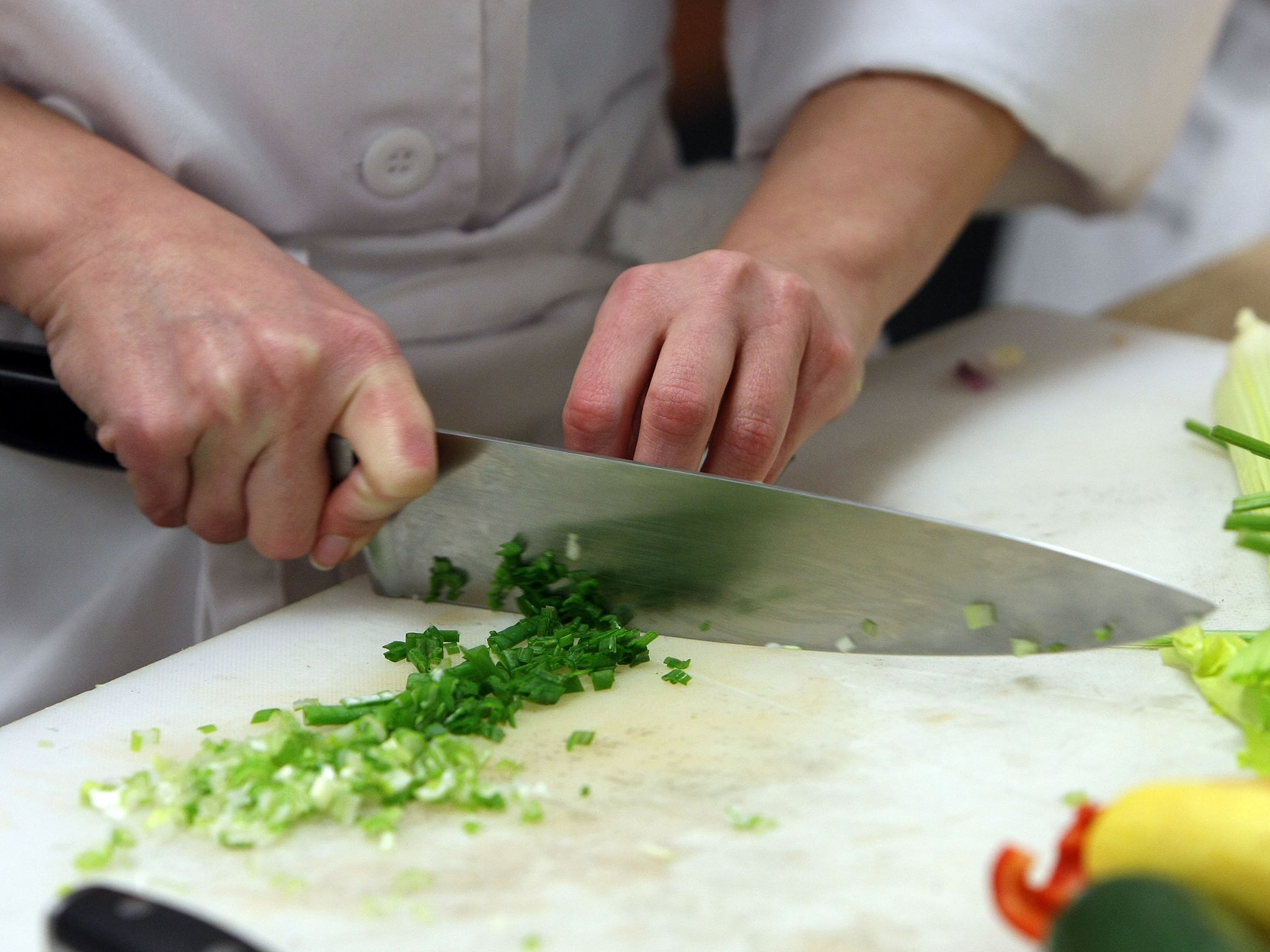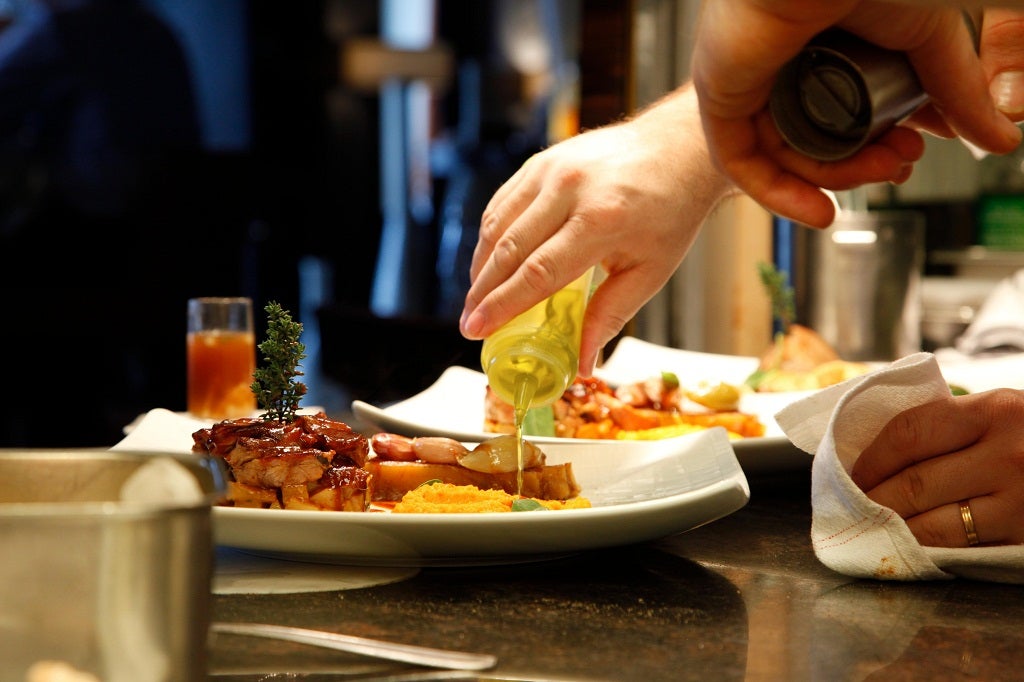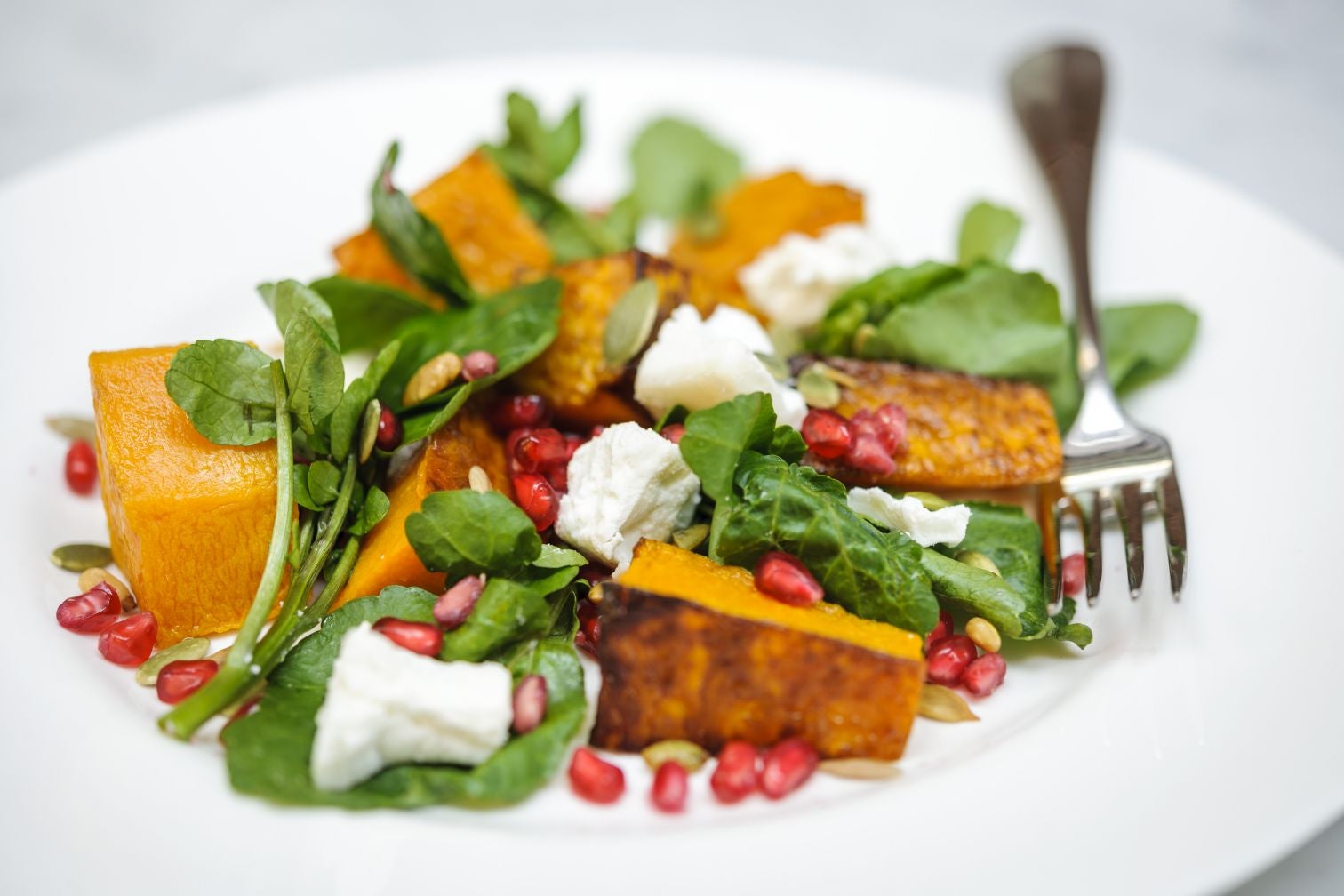Scientists have discovered a new taste that could profoundly change the way we eat
Scientists believe they have found a new basic taste - beyond sour, sweet, salty and bitter

Taste, the sense that allows us to appreciate the beauty of good food, is something scientists understand fairly well. The sensation we feel when eating a piece of cake, chewing on a hamburger or taking the first bite of a piping hot piece of pizza is triggered when chemicals in our food interact with receptors in our mouths.
For hundreds of years, scientists have known about four basic tastes: sour, sweet, salty and bitter. More recently, a Japanese chemist discovered a fifth basic taste, umami, which is triggered by monosodium glutamate, or MSG, as it's more widely known. Umami, perhaps best described as savory, is especially prevalent in truffles, meat and anchovies.
And now, scientists believe they have found a sixth basic taste that could profoundly change the way we eat.

In a new study, researchers found evidence that fat interacts with our taste buds in a way similar to the five basic tastes. We have known for some time that receptors in our mouths recognize fat, which has led scientists to believe it could change the way we perceive food in the same way that tastes such as sour and sweet do. Now there's evidence that it does.
"Fat is likely another one of the basic tastes. I think we have pretty clear evidence for this," said Richard Mattes, a professor of nutrition science at Purdue University, and the lead author of the study.
If people learn to manipulate the taste of fat correctly, he says, it will allow us to make tons of food taste better by either reproducing the taste of fat or introducing substitutes that successfully mimic it.

"We could isolate it and use it in the same way we have used the other basic tastes," said Mattes.
The sixth taste
There are thousands of taste buds on a single human tongue — and on the tops and bottoms and sides of our mouths. And receptors are all over our taste buds — there are as many as 100 taste receptors on each taste bud. How we experience a mouthful of food hinges on how the chemicals in the foods interact with the receptors on our tongues. The basic tastes blend together like primary colors to produce wildly different paintings of flavor.
To figure out that fat could be another of the basic tastes, Mattes conducted two experiments. In the first, more than 100 participants were given isolated solutions that had one of six different tastes: sweet, salty, sour, bitter, umami and fatty. They were then asked to sort them into as many groups as they believed were necessary. The participants had little trouble identifying sweet, sour and salty as unique tastes, but, interestingly, they pooled the remaining three into a group that Mattes refers to as the "nebulous bucket."

"We're pretty sure that they did that because bitterness, umami-ness and fattiness, when isolated, can be pretty strange," said Mattes. "So they put them in a 'This is bad' or 'This is strange' group."
But then the researchers pressed the issue further, and that's when a clear division surfaced. In another experiment, they only gave participants solutions containing the three "bad" or "strange" tastes, and the participants easily divided the tastes into three groups.
"It was really very telling," said Mattes. "We already knew that people have a taste receptor for fatty acids; now we know that it's a distinguishable taste — that it doesn't have overlap. The combination of those two things is what's important."
The fat taste that Mattes is talking about is hidden in a bite of steak or a dollop of olive oil — just as umami is hidden in a bite of anchovy. Fat, as everyone experiences it, is what's called a triglyceride, because it is made up of three fatty acids. The combination of the three — which are different in size and therefore different in flavor — gives fat the mouth feel and creaminess we associate with it.

The kind Mattes is talking about is actually only one of those three fatty acids: the longest. It's the one that stimulates the flavor profile that is unique to fat.
Like with primary colors, a primary taste can only be recognized as such if it doesn't share characteristics with other primary tastes. The fact that people can so easily recognize fat as a unique sensation in this context is evidence that it is a primary taste, especially since it already meets all of the other qualifications.
"There isn't a firm agreement about what characteristics are necessary, but we have a pretty solid sense," said Mattes. "We just needed to prove that it produced a sensation that was unique from the other primary tastes."
When you look at the color green, you don't immediately perceive that it is a combination of blue and yellow. In the same vein, when you eat a food that contains fat, you don't immediately perceive the taste produced by the fatty acid. But it's there, and it's distinct.
Spreading the fat flavor
Fat, the basic taste, on its own isn't reminiscent of bacon or lard. In fact, it's pretty unappealing.
"It's very harsh," said Mattes. "It doesn't taste good."
Neither do some others. The bitter taste, the molecule by itself, doesn't taste too good. Nor does MSG. But we know what the former can do to the flavor of an I.P.A. beer, or chocolate, and what the latter can do to, well, almost anything. "Many things that are unpleasant in isolation in fact contribute greatly to the appeal of foods," Mattes reminds. "Fat is a perfect example."
The impact of Mattes research could extend well beyond the reach of his lab. They might very well end up affecting what is on your plate, and, more specifically, how it tastes.

"Understanding this could have huge implications for the food industry," said Mattes. "It could make a lot of food taste a lot better."
Until now, the industry's standard practice has been to mimic the taste by focusing on replicating the way it coats one's mouth. That's largely thanks to the scientific consensus that fat is characterized less by flavor than by feel. But if the taste component is actually contributing to the way we experience fat, as Mattes believes he has proved it does, our tendency to rely strictly on feel could explain why so many products don't taste as good as we want them to.
In the way sugar, sodium and MSG have been used to enhance the taste of different foods, fat could soon be used too. One can only imagine what it will mean for flavor when the taste of fat can be sprinkled on top of a dish.
"Our understanding of primary colors, of vision, has allowed us to use that for creating art, for improving vision and for a wide array of everyday needs," said Mattes. "The better we understand our sense of taste, the better we’re be able to improve the taste of our food."
Copyright: Washington Post
Join our commenting forum
Join thought-provoking conversations, follow other Independent readers and see their replies
Comments